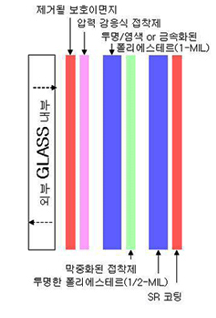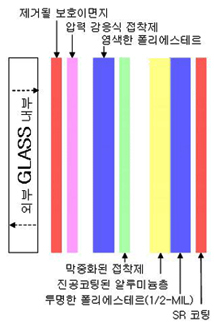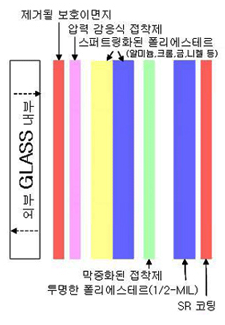

Technology
Outline
There are three manufacturing forms of the film's structure Window Film.
- Clear (Non-Reflective)
- Dyed (Non-Reflective)
- Vacuum Coated(Reflective)
a. Metallized
b. sputtered
Manufacturing technologies
All glass films are made using polyester film in various thicknesses.
Pressure-sensitive or water-soluble adhesive is applied on one side. The non-adhesive side is coated with a hard, scratch-resistant film.
Adhesives contain sunscreen chemicals to filter out UV rays. If UV protection and the scattering prevention of glass are the main targets, they no longer need to contain other substances. Three different technologies are used to implement each characteristic performance depending on the film type.
- 1. Coloring
- 2. Vacuum deposition
- 3. Sputtering
The best way to select of window films
Manufacturing technologies
The Oasis insulation film is 100% made in the United States and is highly quality and ensures thorough A/S through the operation of a specialized team.
How to choose the film you know!
The film is less than 0.1mm thick, but to complete a single film, various materials are mixed and glued together. Three important factors are needed to be a good film. Polyester, adhesives, correct installation techniques, and other factors that determine the surface of the film and the sun protection material are also factors that cannot be ignored.+MORE
Adhesive system
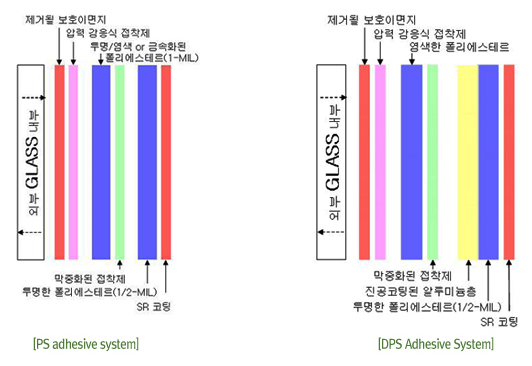
Various types of adhesives are used in the film manufacturing process, but most of the film installation involves two similar construction methods.
The pressure sensitive adhesive method of mechanical adhesion to the surface of the glass is based on the pressure between the film and the glass. After removing the film protection side paper, attach the dry film to the glass to apply pressure to the plastic heater or tool. The film attached to the pressure sensitive can be peeled off together with the film and adhesive when the film is removed.
+MORE
Test Report
-
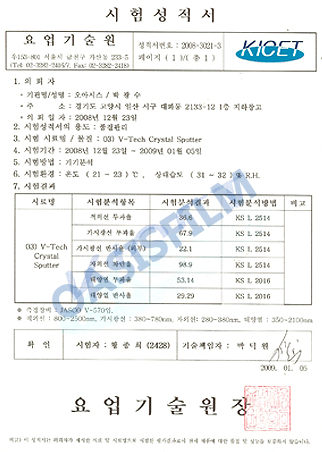
Test Report (Crystal Sputter)
Crystal Sputter Film provides a clear, dazzling view with high transparency. It also has excellent solar control at the optimum train speed.
-
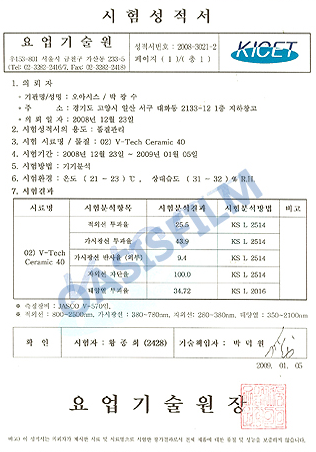
Test Report (Ceramic30)
Strong and stable use of ceramic materials has a high train uniformity, non-metallic.It's a film that is environmentally friendly.
-
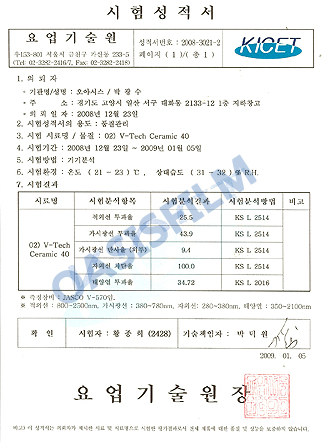
Test Report (Ceramic40)
Strong and stable use of ceramic materials has a high train uniformity, non-metallic. It's a film that is environmentally friendly.
-
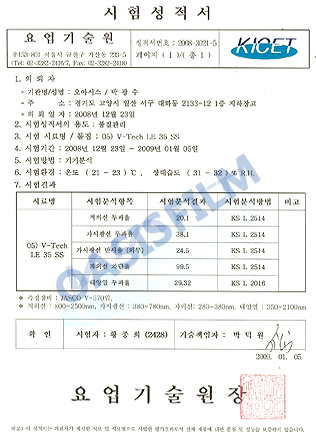
Test Report (le35ss)
It is often used as a solution to block solar power in buildings and homes. It creates natural colors for interior design and exterior building design for harmonious use.
-
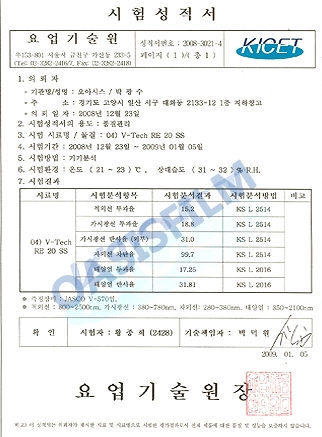
Test Report (re20ss)
스Stainless metal, film and adhesive, and anti-scratching coatings offer high performance, durability and long-lasting durability, and wide selection of film applications.
-
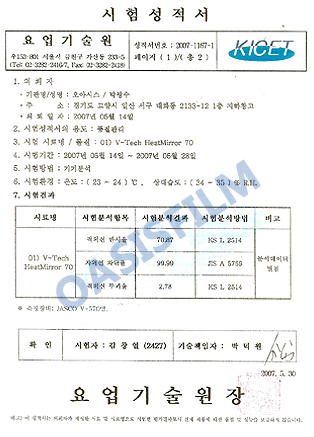
Test Report (V-TECH Heat Mirror)
Unlike conventional films, it is a new concept that can block up to 98% of thermal infrared rays while maintaining the interior illumination.
-
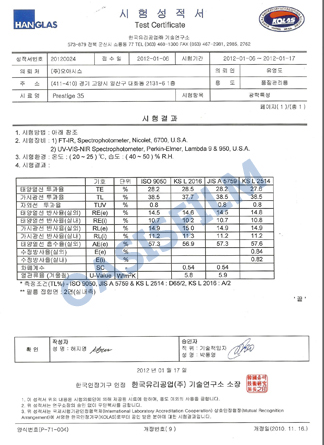
Test Report (Prestige 35)
This product effectively blocks hot sun heat through glass, and enables a clean view of the interior and the beautiful beauty of the building at the same time.
